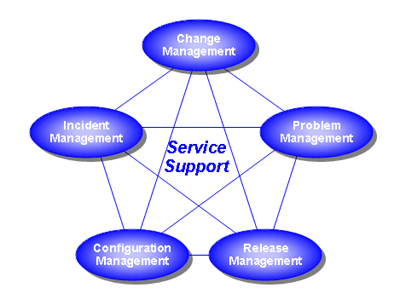 |
|
| What We Do | What We Have Done |
Case Studies | Why LimNorris? | Company Info | FAQ | Contact Us |
The Scenario: Automating legacy processes didn't save enough!
In the 1990’s the marketing communications department for a specialty manufacturer took advantage of technology and replaced hand-drawn graphics with computer-generated graphics. With computer-generated graphics, the legacy print publication process for product datasheets still took six to twelve months. Someone would hand write a new datasheet; the marketing communications person would review it and then forward it to a graphics arts vendor; the vendor would lay out a draft datasheet and send it back for review; several iterations later, the datasheet master would be approved and sent to a printer vendor; the printer vendor printed several thousand copies; and the mailing facility mailed copies to end users.
In 2000, the company decided to leverage e-business technology to improve service to customers, reduce cost, and improve productivity. Everyone intuitively wanted to publish product datasheets over the Internet but the investment had to provide a return.
The Challenge: Maintain quality, reduce cycle time, and improve efficiency
The overall objective was to optimize the datasheet process for the Internet while still providing a way to print high quality copies if needed.
The Approach: Assess, plan, implement, and improve processes
We assessed the legacy print publication process and identified inefficient iterative steps. Next we started with a clean slate and developed the steps to produce Internet-ready datasheets.
We used the Information Technology Infrastructure Library (ITIL), an industry standard for support processes, as the benchmark set of best practices.
The Result: Integrated support processes reduced cycle time by 75%

Re-engineering the legacy process reduced publication cycle time by over 75% and eliminated the expense for a graphics art vendor. A metallurgist uses a Microsoft Word template to create a new datasheet; the marketing communications person edits the Word file and reviews it with the metallurgist; the updated version is reviewed by all stakeholders; the Word file is sent to the Internet vendor to publish on the web; and the Word file is used to print paper copies for trade shows and other special events. Each step of the new process is documented with instructions and sample documents. The process is compliant with the industry standard called ITIL (Information Technology Infrastructure Library) and includes change, release, and configuration management. The total process typically takes six weeks – four for review and two for web publication.
|
Copyright 2002 Lim, Norris & Associates, Inc. All rights reserved.
|
|||||||||||||||||